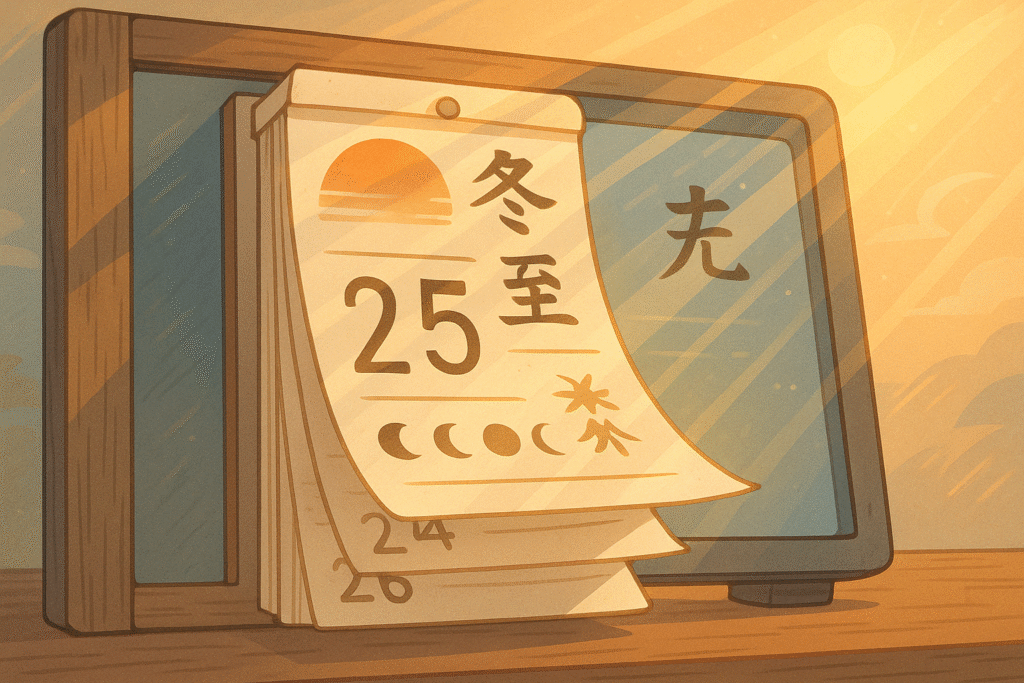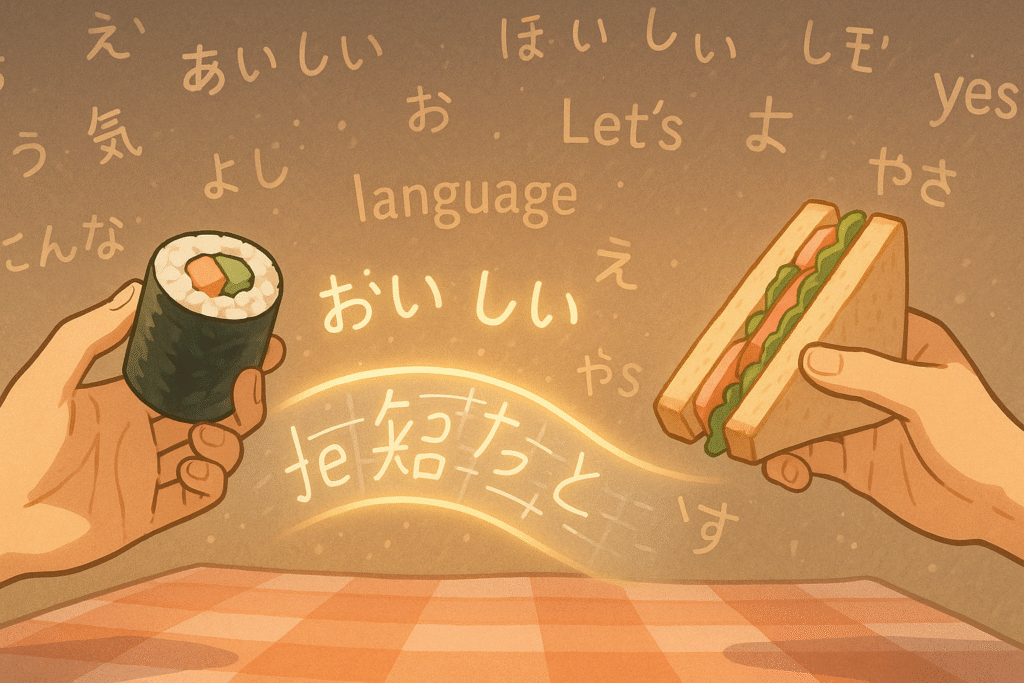Have you ever received a Japanese document or email and felt bewildered by how the date was written? You’re not alone! The Japanese date format has unique characteristics that differ significantly from Western conventions. Whether you’re planning a trip to Japan, communicating with Japanese colleagues, or simply expanding your cultural knowledge, understanding how dates and times are formatted in Japanese is immensely valuable.
How Japanese Dates Are Structured
The Japanese date format follows a logical year-month-day order, which is consistent with the way most East Asian countries handle dates. Unlike the varied date formats used in Western countries (MM/DD/YYYY in the US or DD/MM/YYYY in Europe), the Japanese system is straightforward once you understand its components.
The Standard Japanese Date Format
In Japan, the most common date format is:
YYYY年MM月DD日 (曜日)
For example, today’s date would be written as:
2025年4月16日 (水)
This translates to “Wednesday, April 16, 2025” with:
- 年 (nen) = year
- 月 (gatsu) = month
- 日 (nichi) = day
- (水) = Wednesday, abbreviated from 水曜日 (suiyōbi)
Learning these kanji is one of the first steps toward reading in Japanese, as we discuss in our comprehensive guide for beginners learning to read Japanese.
The Imperial Calendar System
What makes the Japanese date format particularly interesting is the parallel use of the imperial calendar alongside the Gregorian calendar. The imperial calendar is based on era names that change with each emperor’s reign.
The current era is 令和 (Reiwa), which began in 2019 when Emperor Naruhito ascended to the throne. Using the imperial calendar, today’s date would be:
令和7年4月16日 (水)
This represents “Reiwa year 7, April 16 (Wednesday)”.
An important detail: the first year of any era is expressed as 元年 (gannen), not 1年 (ichi-nen). For example, 2019 was 令和元年, not 令和1年.
Abbreviated Japanese Date Formats
For convenience, Japanese dates are often abbreviated in several ways:
Numeric Format
The standard numeric format follows the ISO standard of YYYY/MM/DD:
2025/04/16
When using the imperial calendar in abbreviated form, you might see:
R7/04/16
Where “R” stands for Reiwa (令和).
Using Periods
Another common abbreviated format uses periods instead of slashes:
2025.04.16
Or with the imperial calendar:
R7.04.16Want to explore Japan’s culture?
Discover Japan’s rich culture, traditions, and hidden gems with our expertly crafted guides. Get insider tips on travel, food, and history. All for free!
Japanese Time Notation
Japanese time formats are equally fascinating and practical to understand.
24-Hour Clock
The 24-hour clock is widely used in Japan, especially for official purposes, transportation schedules, and business settings:
14:30 (2:30 PM)
This format is particularly important when checking train timetables, as noted in our article on mastering essential Japanese vocabulary.
12-Hour Clock
The 12-hour clock is also common in casual settings, with specific markers for morning and afternoon:
- 午前 (gozen) = AM (before noon)
- 午後 (gogo) = PM (after noon)
For example:
午前10時30分 = 10:30 AM
午後3時15分 = 3:15 PM
An interesting quirk: Japanese broadcasting and newspapers often use a modified 12-hour notation where midnight is 午前0時 (0 AM) and noon is 午後0時 (0 PM).
The Traditional Time Format
When written in full Japanese style, times are expressed as:
8時42分 (hachi-ji yonjū-ni-fun)
Where:
- 時 (ji) = hour
- 分 (fun/pun) = minute
For seconds, 秒 (byō) is added after the numerals.
The Fascinating “30-Hour Clock”
One of the most intriguing aspects of Japanese time notation is the occasional use of a “30-hour clock,” particularly in the entertainment and service industries. Hours after midnight can be counted beyond 24, usually when an activity spans across midnight.
For example, a bar might advertise being open until “30時” (30-ji), which actually means 6:00 AM the next day. This practice helps avoid confusion between AM and PM, and conceptually treats late night hours as part of the previous day.
This unusual time expression can also be found in television scheduling for late-night programs, as explained in our article on transition words in Japanese that connect ideas across time periods.
Practical Applications
Understanding the Japanese date format is essential for:
- Reading important documents and forms
- Setting up meetings with Japanese colleagues
- Booking accommodations or transportation in Japan
- Understanding expiration dates on Japanese products
- Interpreting historical dates in Japanese texts
Tips for Mastering Japanese Date Formats
- Practice reading dates aloud in both Gregorian and imperial formats to reinforce your understanding
- Create flashcards with different date formats to test your recognition skills
- Set your phone or computer to Japanese date format temporarily to familiarize yourself with the system
- Check train schedules online to get comfortable with the 24-hour time system
- Learn the weekday kanji to fully comprehend complete date expressions:
- 月曜日 (getsuyōbi) – Monday
- 火曜日 (kayōbi) – Tuesday
- 水曜日 (suiyōbi) – Wednesday
- 木曜日 (mokuyōbi) – Thursday
- 金曜日 (kinyōbi) – Friday
- 土曜日 (doyōbi) – Saturday
- 日曜日 (nichiyōbi) – Sunday
Q&A About Japanese Date Formats
What is the standard Japanese date format?
The standard Japanese date format is year-month-day, written as YYYY年MM月DD日.
How do Japanese people write the current year using the imperial calendar?
The current year 2025 is written as 令和7年 (Reiwa 7) in the Japanese imperial calendar.
Why do some Japanese businesses use times beyond 24 hours?
Some Japanese businesses use times beyond 24 hours (like “26:00” instead of 2:00 AM) to indicate that the business day extends past midnight without changing the date reference.
How are weekdays incorporated into Japanese dates?
Weekdays are typically added in parentheses after the full date, using a single kanji character (e.g., 2025年4月16日(水)).
What’s the difference between 午前 and 午後 in Japanese time?
午前 (gozen) means “before noon” (AM) and 午後 (gogo) means “after noon” (PM) in Japanese time notation.
Conclusion
Mastering the Japanese date format is an important step in your Japanese language journey. The year-month-day structure (YYYY年MM月DD日) is the standard format used throughout Japan. Whether you’re dealing with the Gregorian calendar or the imperial era system, understanding how dates and times are expressed will greatly enhance your ability to navigate Japanese society and communications.
For more comprehensive Japanese language resources, check out our free guides on learning to express existence naturally in Japanese. With practice and exposure, you’ll soon find yourself reading and writing Japanese dates with confidence!
Remember: The Japanese date format follows a logical year-month-day order (YYYY年MM月DD日) that remains consistent across both everyday and formal contexts.
Love Japan? Stay in the Loop!
Get the best of Japan straight to your inbox: language, culture & travel insights!




